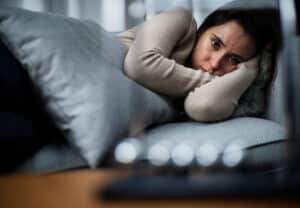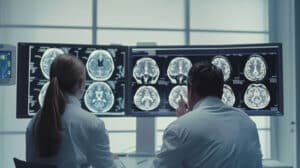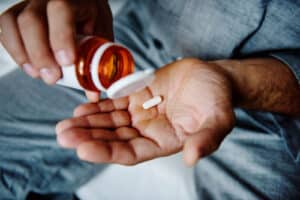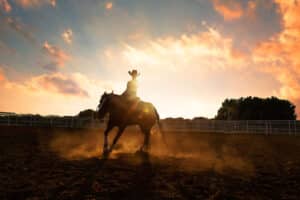
How Many People Relapse? Understanding Addiction Relapse Rates
Explore the statistics behind addiction relapse, why it happens, and how effective treatment and long-term support can reduce the risk.
Mental health
Mental health is “a state of well-being in which the individual realizes his or her own abilities, can cope with the normal stresses of life, can work productively and fruitfully, and is able to make a contribution to his or her community.”

Relapse is one of the most misunderstood aspects of addiction recovery. It’s a topic that often brings up guilt, frustration,...

Can you get fired for going to Rehab?
According to recent data from the Centers For Disease Control and Prevention , over 13.6 million employed American adults suffer...

What Neurotransmitter Does Alcohol Affect?
Alcoholism is often considered a brain disease because it messes with the brain’s neurotransmitters. It rewires the brain’s chemistry, throwing...

Cortisol Addiction
According to Psychiatry.org , over 43% of American adults experience high levels of anxiousness daily. Single Care found identical results,...

Can an Overdose Cause Brain Damage? What You Need to Know
Addiction can affect cognitive functioning and mental health in numerous ways, leading to cognitive impairment, loss of focus, memory issues,...

Categories of Self-Care
Whether it’s drugs, alcohol, gambling, or sex, many people in the U.S. are struggling with an addiction. And that’s not...

Hoarder Levels
Around 2.5% of the population meets the diagnostic criteria for a hoarding disorder, according to the American Psychological Association (APA...

Reiki and Alcohol
In the past few decades, there has been a huge amount of growth in addiction therapy. While healthcare providers still...

Dating a Former Drug Addict
You met a wonderful person. They seem to fit you in ways that nobody had before, and you do the...

Can You Perform EMDR on Yourself?
EMDR is a helpful therapy technique that many people need. However, not everyone can afford it, and access to therapists...

Seroquel Withdrawal Symptoms
Are you taking Seroquel or Quetiapine and wish to stop taking it? Seroquel is a prescription medication that is FDA...

Drug Rehab Horse Ranch
Recovery from drug or alcohol addiction includes a comprehensive range of treatments. Attending an inpatient rehab program that offers a...

How does drug abuse affect your community
When a person is dealing with addiction, they often tend to think things like, “I’m not hurting anyone else, so...

Krokodil
Often called “The World’s Deadliest Drug,” Krokodil is one of the most frequently misunderstood drugs. Some people have heard gruesome...

